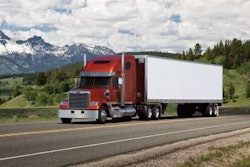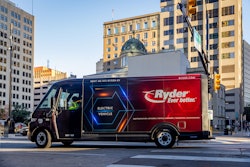A leaner, meaner GM

A year ago, General Motors was staring down the barrel of a gun. The company, deemed “too big to fail” by media pundits, was bankrupt. Without a government bailout, it seemed this automotive powerhouse, which celebrated its 100th birthday in 2008, might live only a couple of years into its second century.
Today, the mood at GM is decidedly more upbeat. At a recent Fleet and Commercial Press Event in Detroit, Mark Reuss, GM North American president, noted the vast array of changes that have taken place since the company found itself on the ropes, with vehicle sales up 31 percent through April of this year compared to the year-ago period.
But Reuss cautions that GM won’t be sitting back enjoying its resurrection. Instead, he says, the company will be celebrating “on the run” by working hard to “green up” its offering of fleet and commercial vehicles, including an increased emphasis on compressed natural gas (CNG) and liquid propane gas (LPG) technologies. And although GM has yet to offer a fully-electric car or delivery truck as has competitors Ford, Nissan and International, Reuss touts its forthcoming Chevy Volt – a plug-in hybrid that uses a small gasoline engine to boost the main electric motor’s range – as a technology platform that could find its way into other applications.
Of more immediate concern to both CCJ readers and GM Commercial Fleet dealers is the company’s departure from the medium-duty market – most notably the production halt of the 4500 and 5500 TopKick and Kodiak truck lines. According to Reuss, the decision to cancel those models was a logical one because GM “didn’t do a good job managing that business.” Looking ahead, Reuss declines to say whether GM would re-enter the medium-duty market. “Never say ‘never,’ ” he says. “We would have to approach and manage it very differently than we did in the past.”









